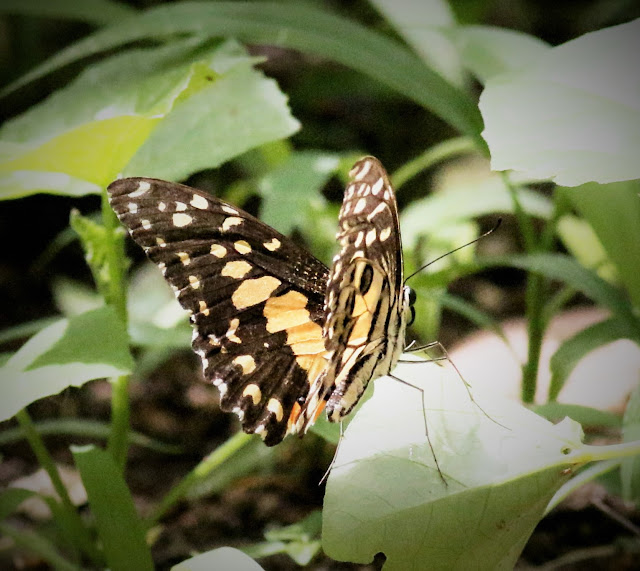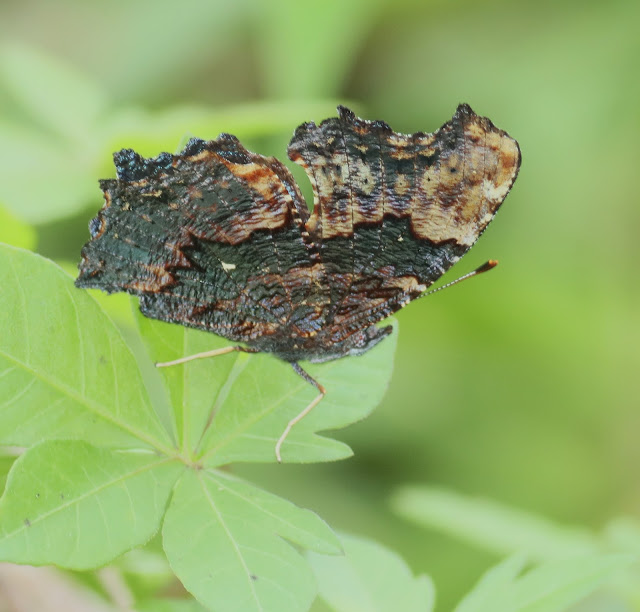Watching butterflies can provide the same attraction and challengers as bird watching. Both species have wings, both have the kaleidoscopic assortment of colorful patterns and both have their unique behavior and characters to be observed. Some of them however are quite rare while some can be as common as your house sparrows. Sadly the population of some butterflies if not most of them are rapidly declining. The two major contributing factors should be the loss of their natural habitat arising from deforestation and land cultivation as well as due to the enormous collections amassed by both professional as well as private collectors. The second factor i believe has also significantly (although under-reported) contributed to the decline of a lot of butterfly species in some parts of the world. This was due to the reason that although some butterflies do migrate but most of them don't travel that far. Hence their zoogeographical distribution are quite limited. In addition and unlike wildlife and birds, there are not many regulations out there (if there are any) which are created to prevent the extinction of certain number of insects particularly butterflies. Henceforth it is equally important to conserve the population of insects such as butterflies as some of them are the main source of diet for insectivores (example flycatchers, bats etc) as well as an agent of pollination.
Recently while watching birds, me and my naturalist partner came across a patch of grassland which we have not explored. We were amazed to find so many species of skippers in such a small location. More than 10 species of skippers were seen and some of them were so small (about 1.1cm) that they look almost like your common household flies. Most of them were common though and here are some of their photos:
Here is another bob:
Hello Bob !
Apparently members of the "Herperiidae" family were described from their darting flights.
i believe the above two photos depict a "Polytremis lubricans" (Contigous Swift)
HAPPY BUTTERFLYING !
 |
| Pseudocoladenia dan (Fulvous Pied Flat) |
Like bird watching, it would also be advisable to take photos of butterflies at different angles so that a more positive identification of their subspecies can be determined especially those difficult ones.
 |
| Pelopidas conjunctus |
Conjoined Swift
 |
| Koruthaialos sindu (Bright Red Velvet Bob) |
Here is another bob:
 |
| Chestnut Bob (Lambrix salsala) |
 |
| Common Snow Flat (Tagiades japetus) |
 |
| Taractrocera archias (Yellow Grass Dart) |
i believe the above two photos depict a "Polytremis lubricans" (Contigous Swift)
 |
| Common Banded Demon (Notocrypta paralysos) |
 |
| Chocolate Demon (Ancistroides nigrita) |
 |
| Brown Bob (Psolos fuligo) |
HAPPY BUTTERFLYING !



















.JPG)